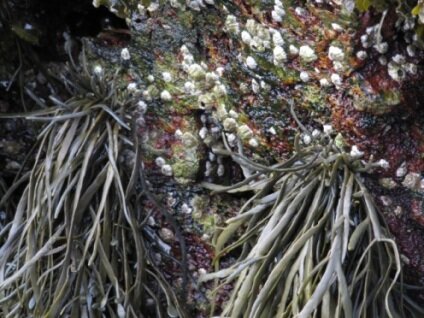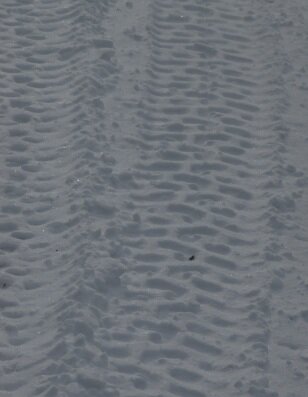Found Gifts

This holiday season, I gifted myself with time. Extra time specially carved out to read. To luxuriate in words on the page.
During the last days of 2012, I was knocked over by Katherine Boo’s Behind the Beautiful Forevers and gripped by Susanna Moore’s The Life of Objects. I found kindred spirits in Quiet: The Powers of Introverts in a World that Can’t Stop Talking by Susan Cain and I continue to be inspired dipping into The Open Door: One Hundred Poems, One Hundred Years of Poetry Magazine and to have my ear and tummy tempted by Kevin Young’s anthology, The Hungry Ear: Poems of Food and Drink. Still awaiting my reach on a nearby shelf is Hilary Mantel’s latest.
But of all the books in which I either immersed or merely dipped, the quirkiest may be author and illustrator Keri Smith’s How to Be an Explorer of the World, a compendium of creative ideas for how to engage with everyday objects and our surroundings in novel ways.
Beautifully hand-illustrated and featuring lists, suggestions, citations and quotes along with interactive prompts, Smith urges readers to “observe the world around you as if you’ve never seen it before,” freely acknowledging that many of her suggestions and recommendations have been pilfered, borrowed, altered or stolen from great artists and thinkers across time.
Some of us don’t need an invitation to explore or discover, although we often need a reminder and, perhaps, some seemingly simple suggestions. Like: “Always be looking.” Or: “Everything is interesting. Look closer.”

Deftly and often off-handedly, even cleverly, Smith seems to combine science and art, encouraging forays into the world with a sort of “field studies” mentality. In certain exercises, she recommends: “Document.” Or “Take Notes.” – not just to become more creative as artists but as though we’re each aspiring to become ethnographers of the ordinary, the everyday, the often overlooked.
In my case, exploring the world on foot these past several days has involved travel no further than our yard, its bordering woods, a bit of the road and a short stretch of shore between us and the neighbors. I have gone there with no specific exercises or prompts in mind but also not without Smith’s reminder that “at any given moment, no matter where you are, there are hundreds of things around you that are interesting and worth documenting.”

True, many of Smith’s suggestions and exercises about close observations are familiar, recognizable. I’d like to think I’ve been a long-time practitioner of some of them. But reminders certainly don’t hurt, and, surely, newly suggested ways of observing, a different way, perhaps, of looking are always welcome.
As in, for example, the focus on noticing patterns. Of finding patterns, noting within them their seemingly random similarities and differences.

Often, for Smith, this is done through active collecting. In one prompt, she suggests we start a collection based on the first found object that we see on our walks, whatever it is, whatever attracts us, and then, as they accumulate, explore their connections, possibly by way of size, shape, color, substance or some other surprising link. Artists are often collectors. Sculptor Henry Moore collected bones, driftwood, seashells and pebbles, as sources for his own work and as natural sculptures in themselves.
What I stoop to pick up, drop in a pocket, and carry home often makes it to sill or shelf. Indeed, a key requirement in my writers’ cabin going up this spring is that the windows above my desk have deep sills for my “finds.” Feathers, shells, a molted snake skin, a dragon fly’s wing, bleached bones, a paper wasps’ nest. Objects beautiful in themselves, a source of endless fascination. Often totemic and, yes, sometimes serving as prompts. There are always, says Smith, “stories going on around you.” Yes, particularly if you think everything of our world is animate.

Mostly what I carry away from my walks though, as I have these past several days, are images, thoughts, the rewards of fresh seeing. Which, too, have been gifts of the season. Found gifts. No wrapping required.

